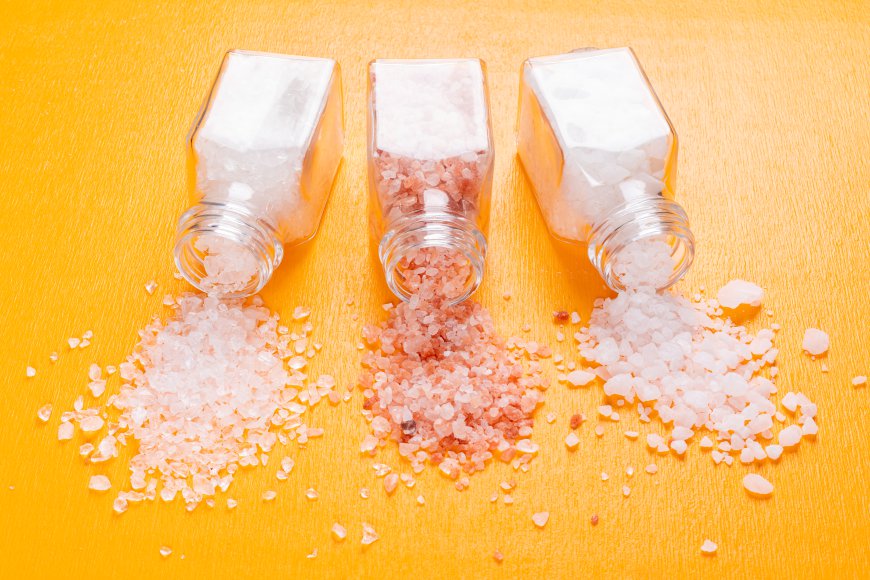salt plate cooking
Salt plate cooking offers a unique and versatile way to prepare and serve food. Whether you’re searing steak, grilling vegetables, or serving sushi, a salt plate enhances the flavor and presentation of your dishes.

Salt plate cooking has grown in populariy in recent years, combining culinary innovation with ancient cooking methods. A salt plate, or salt block, is typically a large slab of pure Himalayan salt used for cooking and serving food. It’s an exciting tool that offers unique flavors, aesthetics, and health benefits. The versatility of salt plates allows them to be used for grilling, chilling, searing, and presenting food. This article will explore salt plate cooking in depth, covering the history, benefits, techniques, and tips for using salt plates, as well as maintenance and safety considerations.
Algohar World natural salt lamps that are believed to provide various benefits, combining both the aesthetic appeal and the potential health advantages associated with Himalayan salt lamps.
History of Salt Plate Cooking
Origins of Salt as a Cooking Tool
Salt has been used for centuries as a fundamental element in cooking and food preservation. However, the use of solid salt blocks for cooking is a more recent innovation. Himalayan pink salt, primarily mined in the Khewra Salt Mine in Pakistan, has been used for millennia for preserving food, but using slabs of it as cooking plates emerged more recently, thanks to its durability and unique flavor.
Rise of Salt Plate Cooking
Salt plate cooking gained traction in the gourmet food scene in the early 2000s, when chefs and home cooks started using these salt slabs to impart a mild, natural saltiness to dishes. The visually appealing pink hue of the Himalayan salt plate, combined with its ability to conduct heat and cold, made it a popular tool for both cooking and serving. Today, salt plates are widely used in restaurants and homes alike.
What is a Salt Plate?
Types of Salt Plates
Salt plates come in different shapes and sizes, typically in square, rectangular, or round forms. They vary in thickness, with thicker slabs being more durable and able to withstand higher temperatures for longer periods. The size and shape of the salt plate you choose depend on the type of cooking or serving you plan to do.
Benefits of Cooking with a Salt Plate
Enhances Flavor Naturally
Cooking on a salt plate imparts a subtle, even saltiness to the food, eliminating the need for additional seasoning. Unlike traditional table salt, which can sometimes overwhelm a dish, the salt from the plate infuses gradually, enhancing the food's natural flavors. This is especially beneficial when cooking foods that benefit from light seasoning, such as vegetables, seafood, and lean meats.
Provides Essential Minerals
Himalayan salt is known for its rich mineral content, including trace amounts of calcium, potassium, magnesium, and iron. When food is cooked or served on a salt plate, it absorbs small amounts of these minerals, which can offer additional health benefits.
Offers Versatility in Cooking
Salt plates are incredibly versatile and can be used for grilling, searing, baking, and even freezing. They can be heated on a stovetop, in an oven, or on a grill, and they can be chilled in the freezer for serving cold dishes. This adaptability makes them a valuable tool for a variety of cooking techniques.
Aesthetic Appeal
A salt plate's striking pink hue and natural crystalline structure add a unique visual appeal to any meal. Whether you're grilling steak or serving sushi, a salt plate offers an attractive presentation that can elevate the dining experience.
Note: salt plate cooking is not only about enhancing flavor but also about providing a healthier, visually appealing, and versatile cooking experience.
Cleaning and Maintenance of a Salt Plate
Cleaning After Use
Proper cleaning is essential to maintain the integrity and longevity of your salt plate. After using the salt plate for cooking, allow it to cool completely before cleaning.
Safety Considerations for Salt Plate Cooking
Handling Hot Salt Plates
A hot salt plate can retain heat for a long time, so always use heat-resistant gloves or oven mitts when handling the plate. Avoid placing the hot plate on cold surfaces, as the sudden temperature change can cause it to crack.
Preventing Cracks
To prevent cracks, heat the salt plate slowly and evenly. Sudden temperature changes, such as placing a cold plate on a hot stove, can cause the plate to break. Additionally, avoid using the salt plate in microwaves or direct contact with open flames.
Dietary Considerations
While salt plates impart a natural saltiness to food, it’s essential to monitor sodium intake, especially for individuals with high blood pressure or other health conditions. The amount of salt absorbed by food varies depending on the cooking time, food type, and plate temperature.
Conclusion
Salt plate cooking offers a unique and versatile way to prepare and serve food. Whether you’re searing steak, grilling vegetables, or serving sushi, a salt plate enhances the flavor and presentation of your dishes. With proper care and maintenance, a salt plate can provide many memorable culinary experiences. While it’s essential to be mindful of sodium intake and safety precautions, the benefits of cooking with a salt plate make it an exciting addition to any kitchen.

 Tagxa1122
Tagxa1122